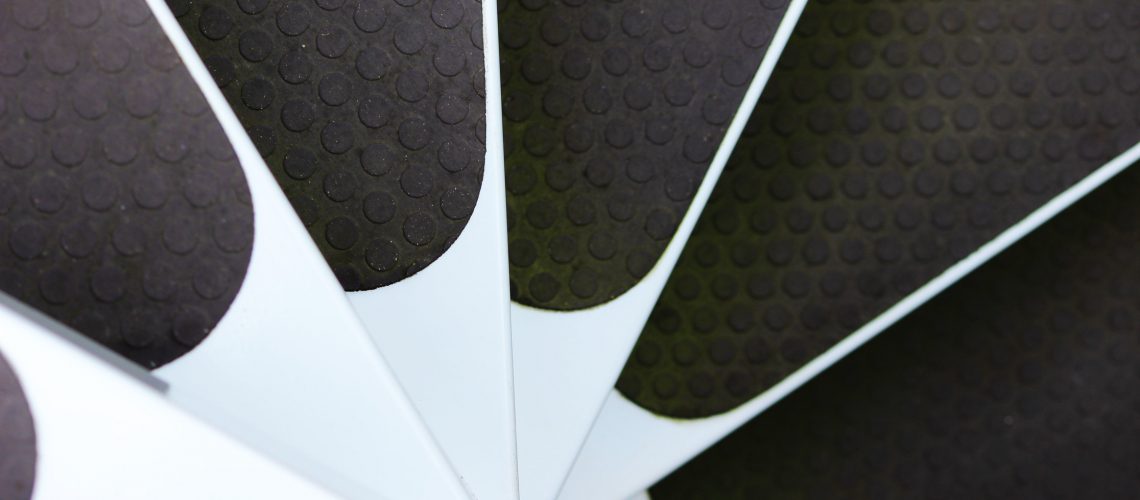Have you ever wondered why you spend so much time in meetings? I have watched many executives become slaves to their diaries.Hourly meetings were the norm.
To try and free up some time new norms were developed and became common place such as:
- 30 min meetings
- Send out agenda before the meeting
- Start on time and finish on time
- Allocate a chair and time keeper
- Select attendees carefully to those necessary to achieve the agenda objectives
- Review actions at the end of the meeting
- Learning loop on how to improve the meeting next time
- Issue action list within 24 hours of meeting
These are all very good practices to improve the value of meetings and should be adopted. Some organisations even insist on meetings being conducted standing up so that they are more focused and reduce the duration.
However, these norms do not reduce the number and amount of time spent in meetings. If meetings get shorter then you can fit more meetings into the day. Hooray! Not!!
What is the root cause of this growing need for meetings? I believe it is a downward spiral caused by deteriorating access certainty. If I need to speak to another executive that person is always in a meeting. I leave a message. The call is returned and I am in a meeting and the merry–go-round continues. I resort to email or messaging but in many situations that is not a good medium for the issue at hand.
The only way I can have that conversation with certainty is to coordinate a time to do so i.e. a meeting. This perpetuates the problem rather than solve it. It gets me what I need but I have contributed to the deterioration of the “system.” Everything slows down.
Here is the story of how one executive broke the destructive cycle and freed up his diary on a daily basis without slowing down (in fact speeding up the organisation).
He hypothesised that if he could increase the certainty of access his diary pattern would change significantly (and it did). He would invest this additional free time in being more proactive with his interactions with others. See my blog “Let every interaction be an inquisitive one!”
The executive’s workplace had a café at the front entrance to the building where 90% of employees would pass on their way to work. He would have breakfast each morning at a table facing the crowd of people entering the building greeting people waiting for their coffee order. This signalled he was happy to have a conversation on the fly. It became the place and time where conversations were certain to occur. People, who had appointments that day, would stop and have a short conversation about that appointment.
The executive would ask the appropriate questions, debate issues etc and achieve what the meeting was set to achieve. “Now that we have had this conversation do we still need to meet?” Invariably the meeting would be cancelled and everyone was free to get on with other pressing issues. At most this took 5 minutes.
Better still others would stop by and say “I need to meet with you regarding X.” The action was to do it then and there relieving the need for a scheduled meeting at all. Again only 5 minutes consumed and there was no hold up waiting for an agreed time to have the meeting.
You may not find this a suitable practice for you but think strategically about your time and create certainty of access.
Take charge and break the pattern!
